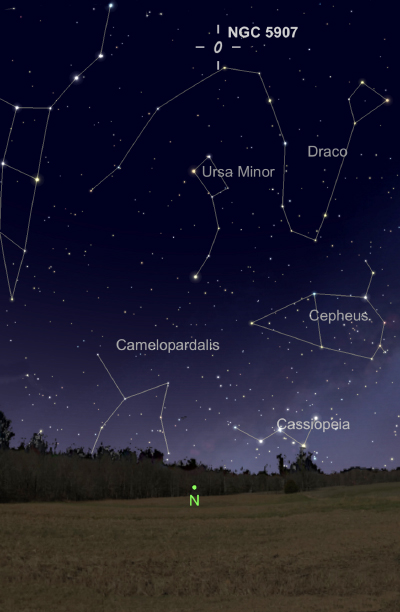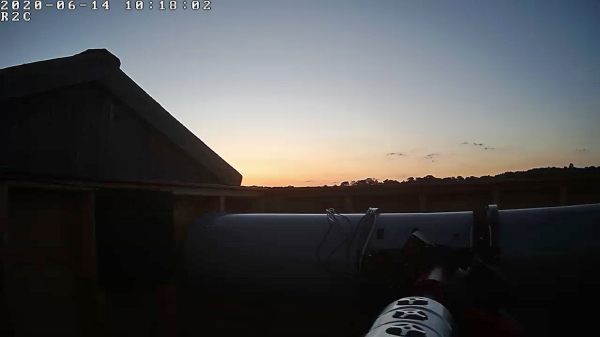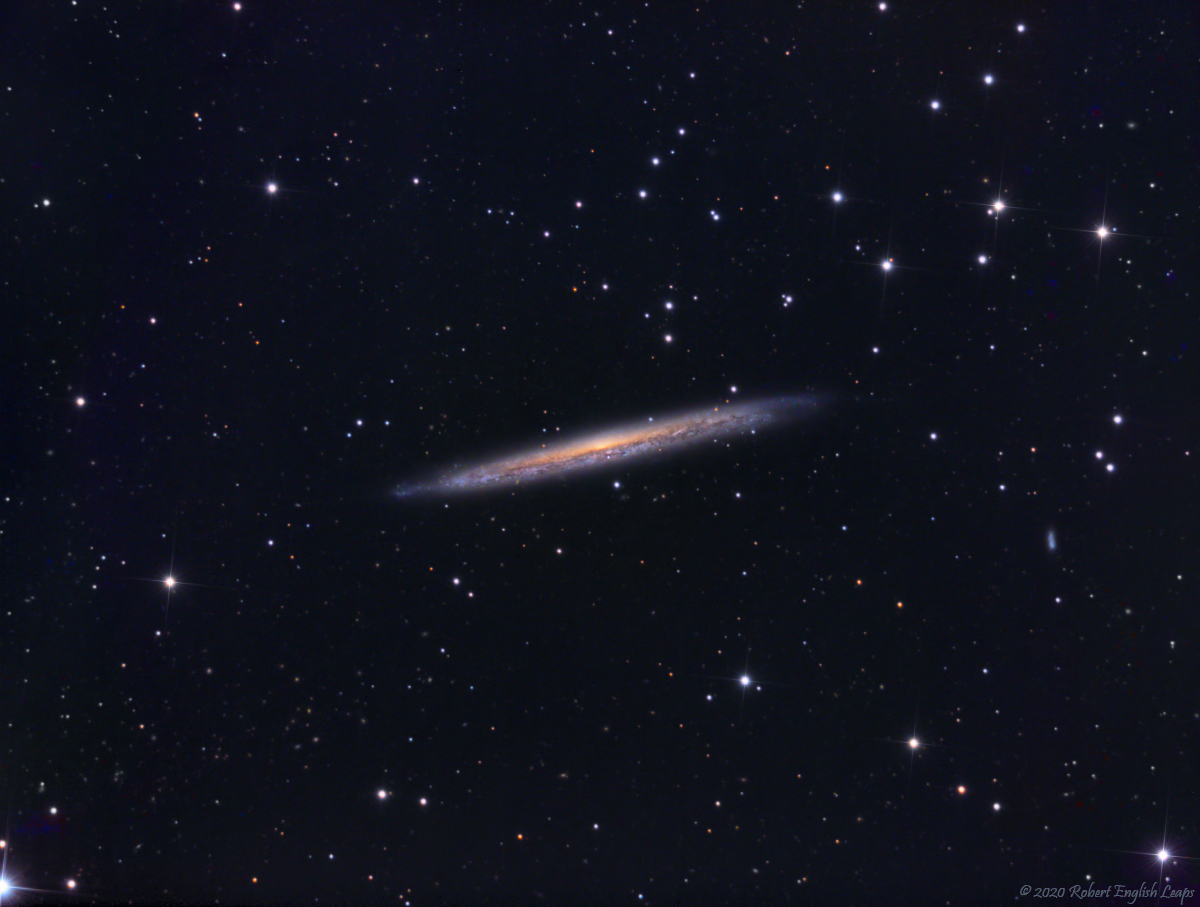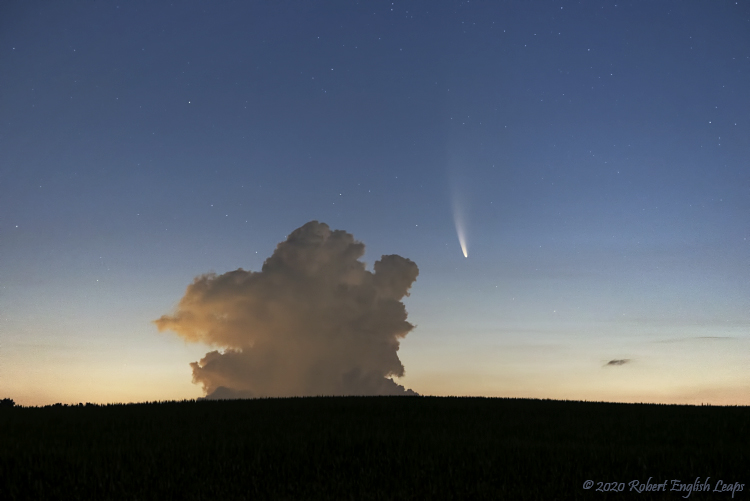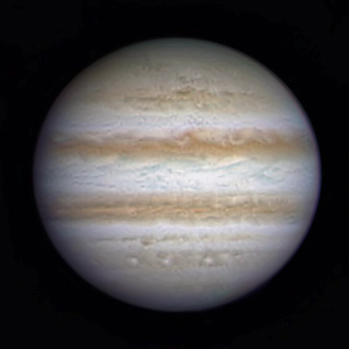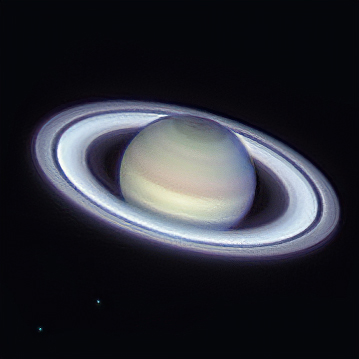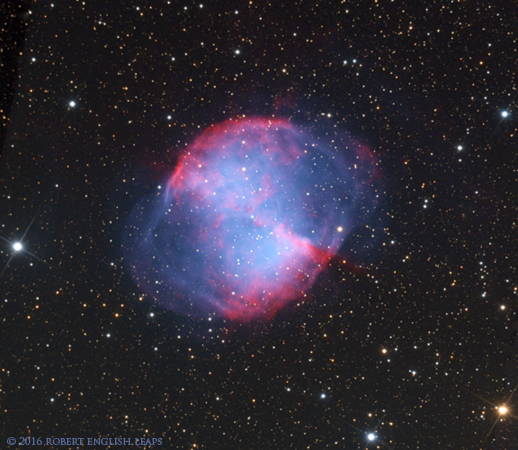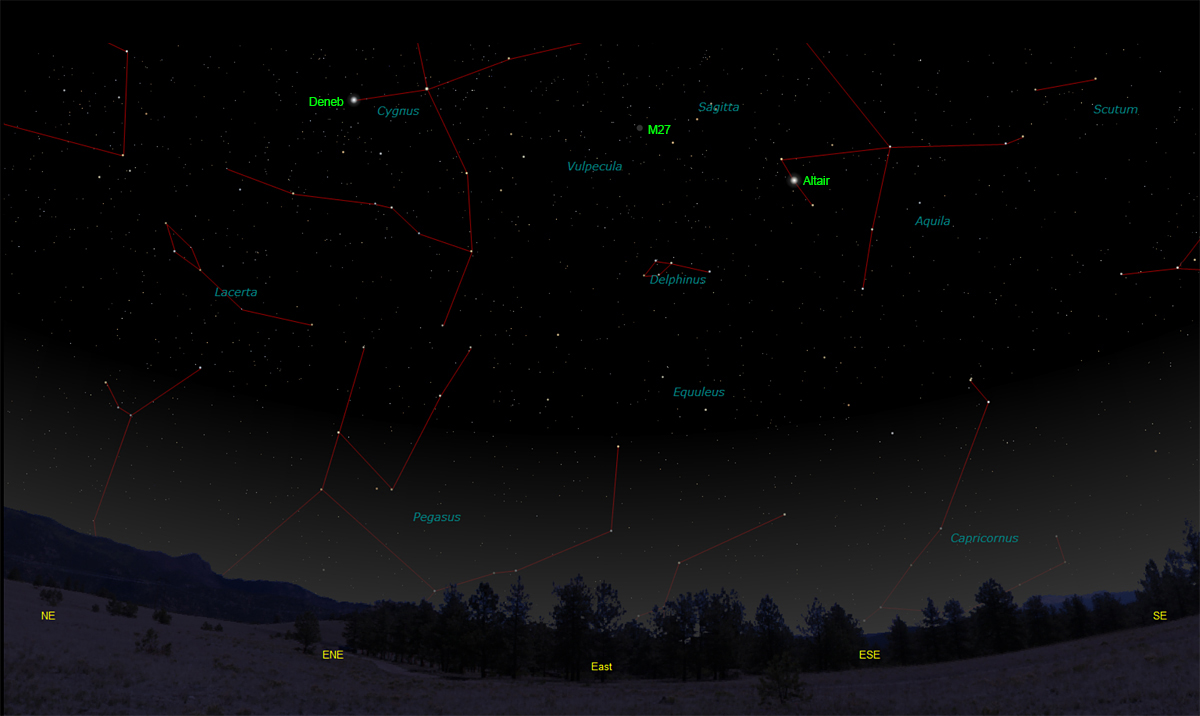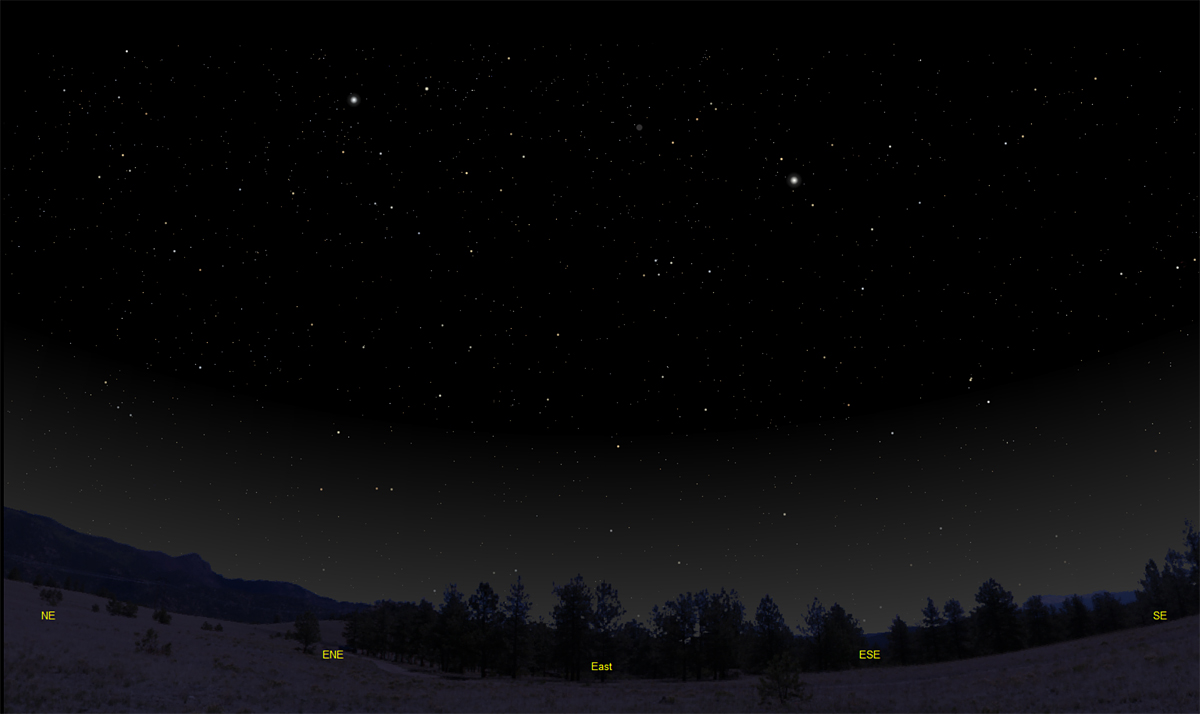The purpose of this feature is to give scout leaders, educators and naturalists an idea of some of the natural events coming up each month. We will try to cover a variety of natural events ranging from sky events to calling periods of amphibians, bird and mammal watching tips, prominent wildflowers and anything else that comes to mind. We will also note prominent constellations appearing over the eastern horizon at mid-evening each month for our area for those who would like to learn the constellations. If you have suggestions for other types of natural information you would like to see added to this calendar, let us know! Note: You can click on the hyperlinks to learn more about some of the featured items. To return to the Calendar, hit the "back" button on your browser, NOT the "back" button on the web page. All charts are available in a "printer friendly" mode, with black stars on a white background. Left clicking on each chart will take you to a printable black and white image. Though we link book references to nationwide sources, we encourage you to support your local book store whenever possible.
Notes From June 2020
I always enjoy the variety of warblers on these hikes. Many of the migrant warblers that have already passed through the lower elevations breed in the Smokies. It's nice to hear the familiar songs of Black-throated Green Warblers and Black-throated Blue Warblers as you pass through their territories. On the Mount Cammerer hike, a Raven called overhead as we began. Flaming Azaleas were blooming at Spence Field, and really stood out against the greens and blues of the mountains. Back at home in Cloudland the frog choruses diminished only slightly in June. The treefrogs really ramped up their courtship. So far I have three species of treefrogs here; Cope's Gray Treefrog, Green Treefrog and Barking Treefrog. On June 5th I was treated to the sight of a full moon rising over the pond beside my house as I walked back from my observatory.
Often constellations do not look very much like their namesakes. In this chart there are two bears, a king and queen, a giraffe and a dragon. Draco the dragon is one of the few constellations that really looks the part. It's easy to trace its coils as they wind around Ursa Minor and the "little dipper." Draco is very prominent on June evenings, and high up on its back is one of my favorite "edge-on" galaxies, NGC 5907. On June 16th, after several tough evenings of imaging this galaxy, I rewarded myself by hunting it down visually. Discovered by William Herschel on May 5th, 1788, it's an 11th magnitude galaxy with a relatively low surface brightness. That means it's a challenge to find in a small telescope. Still, it's fun to visually "star hop" to a galaxy, so I got out my little Televue 85mm refractor and took advantage of a late evening sky clearing. The skies had been cloudy all evening up until about 11:30pm. I decided to walk outside and check one last time before I went to bed, and I was surprised to find the clouds had disappeared and the sky was quite dark. I rummaged around for an eyepiece and a Barlow lens that would give me the best chance of spotting the galaxy. The second image at right shows the field of view in my Televue 85mm refractor with a Televue 27mm Panoptic eyepiece and a 2x Barlow lens. The field of view is about 1.5 degrees in diameter at 44 power with this combination. It also gives an exit pupil of about 2mm, which is optimum for spotting small faint galaxies. I used the Sky Safari Pro app on my phone to star hop to the galaxy's position. A curving line of three stars seen in the upper right of the image pointed directly to the position of NGC 5709's core. Although the image gives a pretty good idea of how the stars looked in the field of view, it really overemphasizes the visibility of the galaxy. In reality it was a barely detectable colorless glow. I first located the correct field of view with the 27mm Panoptic without the Barlow. The core of the galaxy was just visible with direct vision. Using the Barlow lens to double the power made the core more visible, and I could also, with averted vision, see the linear extensions of the faint arms on either side of the core. To use averted vision, you look to one side of a faint object rather than straight at it. This allows the light from the object to fall on the more light-sensitive rod cells in your retina. It takes practice and patience to use averted vision. Often when you first examine the field of view of a galaxy you don't see the galaxy, but just get the impression that there's "something there". You then have to keep looking and try looking at different parts of the field, being alert to any flicker of faint light anywhere. Most beginning deep sky observers do not realize how much difference it makes to be in a very dark, moonless sky location, far from city lights. Occasionally when I was viewing NGC 5907 it would become much thinner and sharper and then fade again. It was satisfying pushing my little scope to see it. It' was amazing to think that I was looking 54 million years into the past! I went to bed tired but happy.
After three nights of staying up into the morning hours, my luck changed. The conditions on June 13th were not perfect, but they were much better than the previous nights.
It does not get dark enough for astrophotography until after 10:30pm EDT on these June evenings, so the imaging window is not large. The telescope also has to take time to refocus itself periodically and realign itself to the target every now and then. But I ended up getting enough good sub-exposures to assemble into a finished image, so I was a happy camper the next morning. I got up at dawn and walked outside to see the crescent of Venus rising from the sun, just above the treetops. As I passed the pond a group of Green Treefrogs were chatting, late night revelers talking about the evening's adventures. Jupiter and Saturn were high up in the sky. That night the seeing was even better, and I got the red, green and blue-filtered images for the color data on the galaxy. The final image is below. Clicking or tapping on the image will take you to a larger version of the image. This galaxy is a member of the NGC 5866 group in Draco. I chanced upon NGC 5866 when I was star-hopping to NGC 5907. It was much easier to see than NGC 5907, so you might want to try to spot it before trying to spot the fainter galaxy. NGC 5907 is unusual in that it seems to be composed mostly of dwarf stars, with few giant stars. The brightest of the background galaxies in the above image is around 16th magnitude. NGC 5907 is at an estimated distance of around 54 million light-years.
Sky Events for July 2020:
We recommend getting to an observing spot with a good flat northeastern horizon about 4:45am. That way you have some time to locate the comet in a darker sky, and you can watch it rise. On this date it was close to the horizon beneath the bright star Capella in Auriga. Be sure and bring a good pair of binoculars. The naked eye view is not as bright as the image but the binocular view appears quite similar. Don't delay! Comets move and change quickly! Update 07/14/2020 - The comet can now be seen in the northwestern sky after sunset. Today it's close to the horizon beneath the "Big Dipper". For more on this comet keep checking the Sky and Telescope website here. The basic level of the Sky Safari app (see below) is only $2.99 and if you don't want to buy the pro level it's an excellent way to keep track of the comet. The comet will climb higher each day after sunset as the month goes on. Morning Sky: Venus rises earlier each morning as July progresses. The crescent form can still be seen and is actually easier to see as the sky brightens. A good pair of 7x35 binoculars should show the crescent, particularly if you rest your arms on something to steady them. Begin watching about 30 minutes before sunrise. Mercury is in conjunction with the Sun on June 30th and does not appear in the morning sky until around July 17th. Best viewing opportunities will come when it reaches greatest elongation on July 22nd. You will need a flat eastern horizon to spot it, and a pair of binoculars will often come in handy to spot it. Just save your eyesight and put them up when the sun rises! Mars rises around 1:15am EDT at the beginning of the month in Pisces. As Earth and Mars approach each other, the apparent motion of Mars against the stellar background each evening increases. It will move from Pisces into Cetus and back into Pisces in July. Its apparent diameter increases from 11.4 seconds of an arc to 14.5 seconds of an arc, enough that details can be seen well in larger telescopes in good seeing conditions. It will reach opposition this year on October 6th.
Evening Sky:
In fact, even a good quality 60mm refractor will give a better view of the ringed planet than Galileo was ever able to see. Saturn was a puzzle to him. In his low-resolution telescope the planet appeared as three separate discs - one large disc with a smaller disc on each side of it. A few years later, he returned to look at the planet when the rings presented edge-on. His two attendant discs had disappeared! He never solved the riddle. He would have loved to see the view available to just about any amateur astronomer today.
One of the brightest planetary nebula in the sky resides in this little constellation. Messier 27, shown at right, can be seen as a fuzzy patch in binoculars (don't expect the bright colors - just a grayish green spot). Use the easy-to-find stars of nearby Sagitta to locate it, using the finder chart here.
On Learning the Constellations: Try learning a few constellations each month, and then following them through the seasons. Once you associate a particular constellation coming over the eastern horizon at a certain time of year, you may start thinking about it like an old friend, looking forward to its arrival each season. The stars in the evening scene above, for instance, will always be in the same place relative to the horizon at the same time and date each July. Of course, the planets do move slowly through the constellations, but with practice you will learn to identify them from their appearance. In particular, learn the brightest stars (like Deneb and Altair in the above scene), for they will guide you to the fainter stars. Once you can locate the more prominent constellations, you can "branch out" to other constellations around them. It may take you a little while to get a sense of scale, to translate what you see on the computer screen or what you see on the page of a book to what you see in the sky. Look for patterns, like the stars that make up the constellation Cygnus. The earth's rotation causes the constellations to appear to move across the sky just as the sun and the moon appear to do. If you go outside earlier than the time shown on the charts, the constellations will be lower to the eastern horizon. If you observe later, they will have climbed higher. As each season progresses, the earth's motion around the sun causes the constellations to appear a little farther towards the west each night for any given time of night. If you want to see where the constellations in the above figures will be on August 15th at 10:30pm EDT, you can stay up till 12:30am EDT on July 16th and get a preview. The westward motion of the constellations is equivalent to two hours per month. Recommended: Sky & Telescope's Pocket Star Atlas is beautiful, compact star atlas. A good book to learn the constellations is Patterns in the Sky, by Hewitt-White. For sky watching tips, an inexpensive good guide is Secrets of Stargazing, by Becky Ramotowski.
A good general reference book on astronomy is the Peterson
Field Guide,
A Field Guide to the Stars and Planets, by Pasachoff. The book retails for around $14.00.
The Virtual Moon Atlas is a terrific way to learn the surface features of the Moon. And it's free software. You can download the Virtual Moon Atlas here. Apps: We really love the Sky Safari 6 Pro. It is available for both iOS and Android operating systems. There are three versions. The Pro is simply the best astronomy app we've ever seen. The description of the Pro version reads, "includes over 100 million stars, 3 million galaxies down to 18th magnitude, and 750,000 solar system objects; including every comet and asteroid ever discovered." A nother great app is the Photographer's Ephemeris. Great for finding sunrise, moonrise, sunset and moonset times and the precise place on the horizon that the event will occur. Invaluable not only for planning photographs, but also nice to plan an outing to watch the full moon rise. Available for both androids and iOS operating systems.
Amphibians:
Recommended: The Frogs and Toads of North America, Lang Elliott, Houghton Mifflin Co. Archives (Remember to use the back button on your browser, NOT the back button on the web page!) Natural Calendar February 2020 Natural Calendar December 2019 Natural Calendar November 2019 Natural Calendar September 2019 Natural Calendar February 2019 Natural Calendar December 2018 Natural Calendar November 2018 Natural Calendar September 2018 Natural Calendar February 2018 Natural Calendar December 2017 Natural Calendar November 2017 Natural Calendar October 2017Natural Calendar September 2017 Natural Calendar February 2017 Natural Calendar December 2016 Natural Calendar November 2016 Natural Calendar September 2016Natural Calendar February 2016 Natural Calendar December 2015 Natural Calendar November 2015 Natural Calendar September 2015 Natural Calendar November 2014 Natural Calendar September 2014 Natural Calendar September 2013 Natural Calendar December 2012 Natural Calendar November 2012 Natural Calendar September 2012 Natural Calendar February 2012 Natural Calendar December 2011 Natural Calendar November 2011 Natural Calendar September 2011 Natural Calendar December 2010 Natural Calendar November 2010 Natural Calendar September 2010 Natural Calendar February 2010 Natural Calendar December 2009 Natural Calendar November 2009 Natural Calendar September 2009 Natural Calendar February 2009 Natural Calendar December 2008 Natural Calendar November 2008 Natural Calendar September 2008 Natural Calendar February 2008 Natural Calendar December 2007 Natural Calendar November 2007 Natural Calendar September 2007 Natural Calendar February 2007 Natural Calendar December 2006 Natural Calendar November 2006 Natural Calendar September 2006 Natural Calendar February 2006
Natural Calendar December 2005
Natural Calendar November 2005
Natural Calendar September 2005
Natural Calendar February 2005
Natural Calendar December 2004
Natural Calendar November 2004
Natural Calendar September 2004
Natural Calendar February 2004
Natural Calendar December 2003
Natural Calendar November 2003 Natural Calendar February 2003 Natural Calendar December 2002 Natural Calendar November 2002 Nature Notes Archives: Nature Notes was a page we published in 2001 and 2002 containing our observations about everything from the northern lights display of November 2001 to frog and salamander egg masses. Night scenes prepared with The Sky Professional from Software Bisque All images and recordings © 2020 Leaps
|
|


